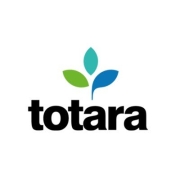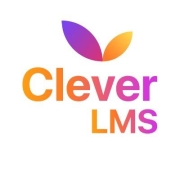Learning Management Systems streamline online education and corporate training by offering a platform for content management, user engagement, and performance tracking. These systems support diverse learning environments, ensuring flexibility and scalability for different organizational needs.
For organizations seeking efficient training and development, LMS provides tools for delivering, tracking, and reporting educational courses. They accommodate various learning strategies and integrate with other corporate systems to enhance user experience. Advanced analytics help in assessing training impact and refining content delivery.
What features should you consider?LMS is widely adopted in diverse sectors like healthcare for compliance training and in education for curriculum delivery. Business sectors use it for employee onboarding and skills development. Implementations are often customized to meet industry-specific requirements, ensuring relevance and efficiency.
Empowering organizations with streamlined learning processes, LMS contributes to effective knowledge transfer, adaptability to changing educational landscapes, and supports continuous improvement in workforce competency. These systems aid organizations in staying competitive by enhancing their training capabilities.





































































































































LMS integration can significantly enhance corporate training by streamlining processes and improving accessibility. By integrating with existing HR systems, an LMS can automate tracking and reporting, saving time and reducing errors. This integration also facilitates a seamless user experience, allowing employees to access training modules alongside their routine work tasks. Additionally, you can utilize data analytics to personalize learning paths, which enhances engagement and boosts knowledge retention.
What Are the Key Features to Look for in an LMS?When selecting an LMS, you should focus on features that align with your organizational needs. Essential features include user-friendly interfaces, robust analytics, and reporting tools, as well as mobile accessibility for learning on-the-go. Look for customization options that allow you to tailor the learning experience to your brand and culture. Support for various content formats and strong security measures are also critical to protect your organization’s data and IP.
How Does an LMS Facilitate Compliance Training?An LMS simplifies compliance training by providing a centralized platform that automates the training process. You can track learner progress, manage certifications, and generate audit-ready reports effortlessly. The automated reminder and assessment features ensure that deadlines and compliance requirements are met consistently. Moreover, scalable solutions allow you to adapt to changing regulations without extensive retooling of your training programs.
What Cost Factors Should Be Considered When Implementing an LMS?When implementing an LMS, consider both the direct and indirect costs. Direct costs include licensing fees, setup charges, and ongoing maintenance expenses. Indirect costs involve the resources needed for integration, training, and content creation. Evaluate the potential ROI by assessing improvements in productivity, training effectiveness, and compliance adherence. Considering these factors ensures you select an LMS that delivers maximum value within your budget constraints.
How Can LMS Improve Employee Engagement?An LMS can significantly enhance employee engagement by offering interactive and personalized learning experiences. By incorporating gamification elements such as badges and leaderboards, you create a more engaging environment that motivates learners. Providing flexible and on-demand access to learning materials allows employees to learn at their own pace, fostering a culture of continuous improvement. Additionally, incorporating social learning features enables collaboration and knowledge sharing, driving deeper engagement.